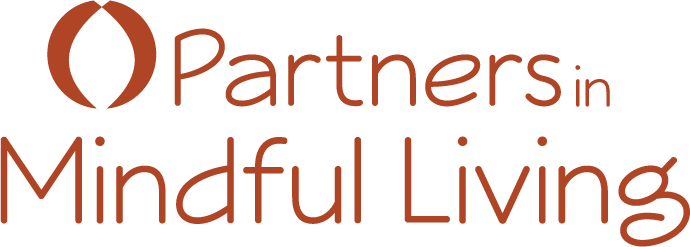
And get back quickly when you fall below.
March 13, 2022
Georgia O’Keeffe said, I have been afraid every moment of my life, and it hasn’t kept me from doing anything.
I too have been afraid every moment of my life, and sometimes it has kept me from doing things.
I don’t think anybody arrives at perfect mastery of being human. I do believe we have the potential to keep growing, changing, and developing until our last breath. So, Georgia, although I admire your courage, I don’t buy that you totally mastered fear.
In my private practice, I use an analogy to describe how I think life works. In every life aspect, we can self-check how and what we’re doing by considering whether we’re above or below the line. This applies whether we’re talking about above or below-the-line parenting, partnering, friending, playing, or working.
It’s not enough to say I’m afraid and I’ll do it anyway. I think we need to be thoughtful in deciding what we’re going to do. One way to be positively purposeful is to consider whether or not we’re above or below the line.
I recently saw a visual for this in The Fifteen Commitments of Conscious Leadership by Diana Chapman and Jim Dethmer. In this book the visual specifically relates to work life. They draw a black line across the page. In their diagram, the above-the-line characteristics are openness, curiosity, and commitment to learning. Below-the-line are closed-mindedness, defensiveness, and commitment to being ‘right.’
I like the image of the blank page with a line across it. It helps to carry that picture in my head. And I think the characteristics they use to define above or below relate well beyond our work lives.
Below the line looks like this:
When we’re below the line we’re on autopilot. We’re operating out of habitual responses.
When I’m below the line I’m usually afraid of losing something, or someone, or most often, I’m afraid of not being in control.
It’s important to remember that we all fall below the line at times. The trick is to notice when it happens so that we shift back to above-the-line behavior as quickly as possible before we damage ourselves or someone else.
As a parent, I knew I was below the line when I had a yelling match with my five-year-old son.
As a worker, I knew I was below the line when I badmouthed a supervisor behind his back because I disagreed with him but didn’t know how to tell him.
You must know you’re below the line to change it.
Below the line, every unhelpful characteristic that you’ve adopted from your childhood to adulthood comes to the fore. It’s cellular. Most of us have been practicing the same behaviors, the same habitual responses, for many years.
We get triggered, an unhealed wound gets poked, and we turn into zombies. Any ounce of self-awareness and self-control can disappear in a nanosecond.
You’ll know you’re below the line when you find yourself in any of these positions:
- Defending
- Being right
- Blaming
- Denying
- Gossiping
Above the line looks like this:
Above the line we act from a place of integrity, wisdom, present moment experience, and self-awareness.
When we’re committed to staying above the line, self-awareness becomes something we strive for rather than run from. We acknowledge our vulnerability and insecurity in a way that doesn’t disempower us but rather elevates us and allows us to take 100 percent responsibility for our reactions to what life hands us.
With my five-year-old son, I shifted to above the line when I knelt to his level and said, “Honey, I’m going in the other room to calm down because one of us needs to be older than five.”
I shifted to above the line at work when I went to that supervisor and told him I was struggling with a decision he made that I didn’t feel I could fully support without more information.
The trick to getting back above the line.
One trick to staying above the line is to inhabit the present moment.
In the present moment you’re aware of what’s happening externally and internally. You can feel empathy. You are interested in, and capable of, exploring options. You are the master of your emotional life.
When you’re above the line you’ll notice behaviors like this:
- You’re in touch with feelings and able to experience vulnerability.
- You do or say something brave with kindness.
- You tell the truth as best you know it.
- Your thoughts and behaviors come from your heart.
- You extend a hand to someone afraid to extend theirs.
- You notice a need, either your own or someone else’s, and meet it.
When you’re below the line, you’re usually not in the present moment, and you’re not working from a balance between your head (logic), heart (emotion), and physical body (experiencing feelings as sensations in your body).
Be alert to either overtly (out loud) or covertly (self-talk) engaging in one of the below the line characteristics I mentioned earlier: defending, being right, blaming, denying, or gossiping.
Use your breath and your body.
When you catch yourself in one of the above states, the quickest way back to yourself is to pause, breathe all the way out, and soften your body.
Do that breathing technique a few times and you will calm things down by jump-starting your parasympathetic nervous system. Once that kicks in, you’re much better able to access the executive function of your brain nestled in your frontal lobe (higher brain) that was previously backseated by your amygdala (lower brain) and the need for self-preservation.
Once your higher brain has the reigns again, you can come back to the present moment and shift to above the line — all parts of you working together to create a healthy response to whatever life just handed you.
Much love,
